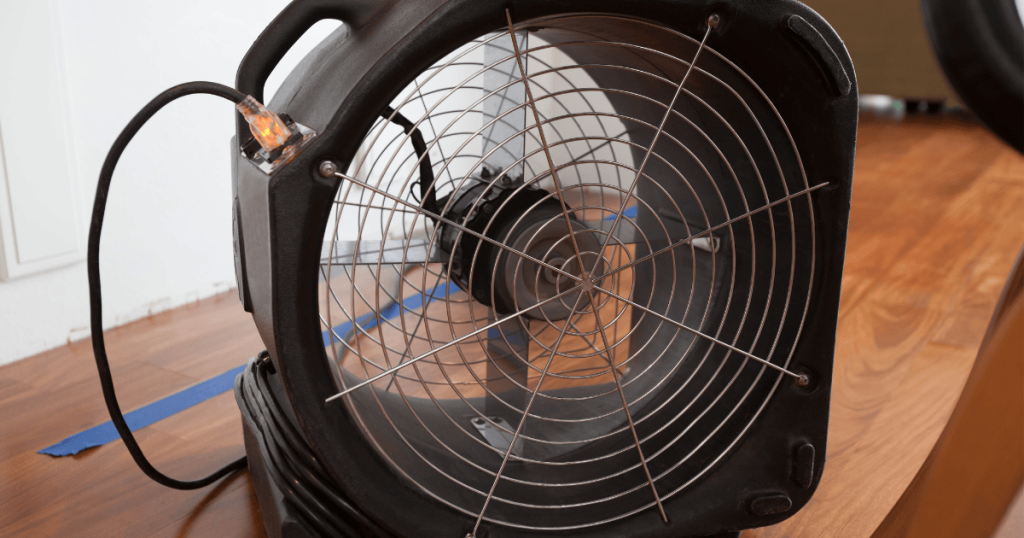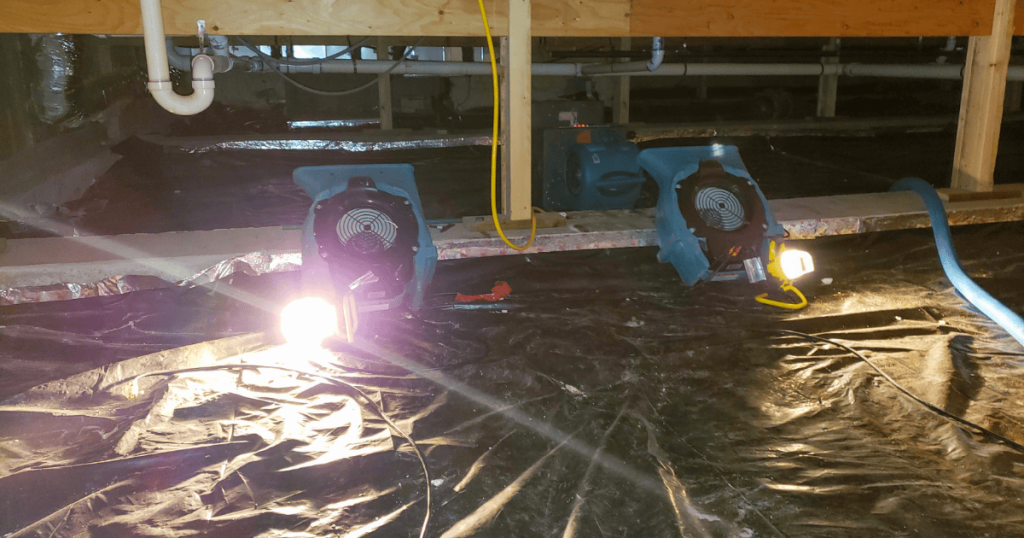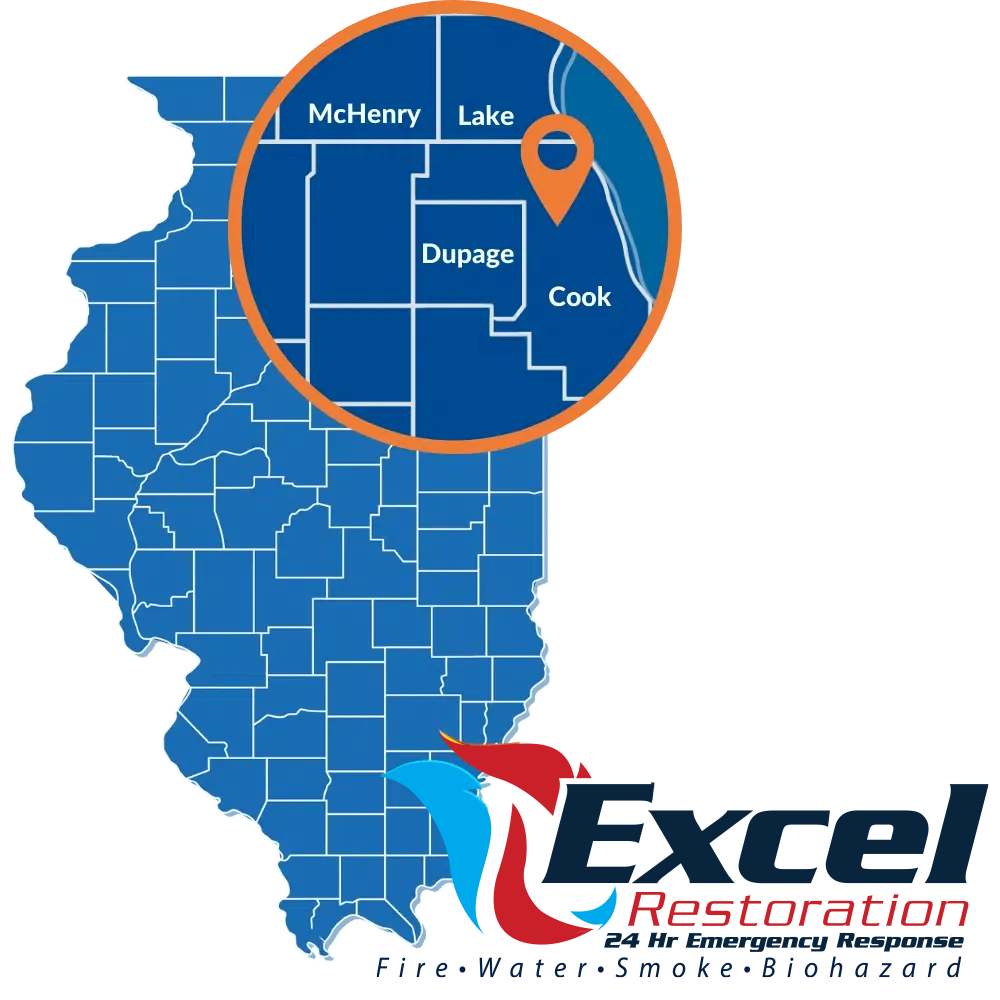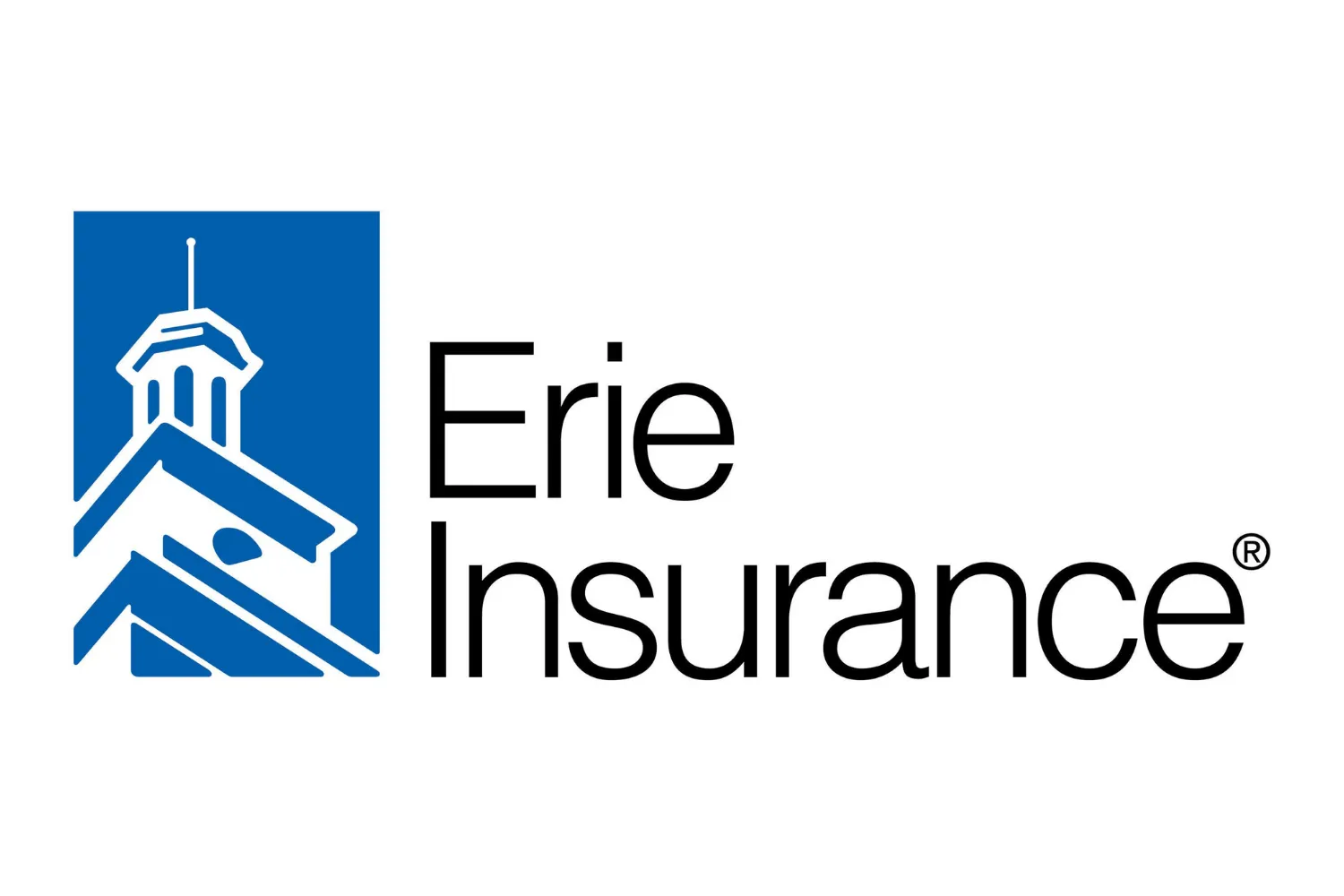The Different Types of Drying Techniques Used in Water Damage Cleanup
The water cleanup process can be quite extensive, especially if the damage is severe. There are several steps that a homeowner or professional restoration crew must follow in order to get the property back to its pre-loss condition. One of those critical steps is the drying phase.
Though it might sound straightforward enough, there are many techniques used to dry water that remains after the extraction step. In this guide, homeowners can expect to learn more about why it is so important to choose the right technique, as well as some of the most popular methods.
Why Does the Drying Method Matter?
Many homeowners fail to understand just how important this step is in the water damage mitigation process. They primarily focus on extracting large amounts of standing water, and sometimes, neglect to make sure that all of the remaining moisture in the building materials has been dried.
However, this step is important for homeowners who wish to prevent any secondary damage. Mold is a common problem in water-damaged houses when they aren’t dried thoroughly. The remaining moisture creates the perfect environment for spores to thrive, which can lead to odors and stains. In fact, it only takes 24 hours for mold to start growing in situations like this.
The Top Drying Methods Used by Professional Water Cleanup Crews
With the right drying methods, homeowners can ensure that every bit of excess moisture is removed from the property and air. Though some of these methods are simple enough to DIY, others might require more specialized equipment. For that reason, it’s recommended that homeowners hire a professional water cleanup crew to assist them with the drying process.
Working with experts ensures that the method is done properly because the crews have training in water damage mitigation. They can also use their experience to decide which method is best for each type of water damage.
- Dehumidification
One of the most common methods of drying a home is by using a dehumidifier. If the water damage is minor, homeowners may be able to use their standard dehumidifier to get the job done. However, bigger jobs will require industrial-strength dehumidification.
Restoration crews can bring in multiple dehumidifiers to remove massive amounts of moisture from a property. These tools allow them to get the job done much faster, and they are far more effective. Contractors also know the best way to arrange and place the dehumidifiers to optimize results.
- Desiccants
Another option that homeowners have is to use desiccants, which are materials that are specially designed to absorb large amounts of moisture. They are a popular choice for flooded homes because they are easy to find and fast-acting.
The most common form of desiccant is sandbags. They are frequently used to keep flood water out, but they are also effective in absorbing moisture inside the house. While homeowners will have to spend money out of pocket, it can be a more affordable DIY solution overall.
- Intra-Wall Drying
Removing drywall can be a messy and expensive process, so most professionals prefer to avoid this step if possible. Intra-wall drying is a great technique to remove moisture in the walls without removing them. Instead, the professionals will strategically drill holes where the baseboards are. They will then push air through the holes to increase ventilation inside. Though it takes more careful steps to get started, it can cut drying times in half!
- Rescue Mat Systems
This drying method requires specialized equipment, but it is one of the most effective methods for removing moisture from the flooring. It far outperforms vacuum units because it is able to dry out padding underneath the floors as well. Recuse mat systems can even extract water from hardwood.
- Air Movers
Finally, another method for drying a house during water cleanup is to use air movers. Though regular fans can help improve ventilation, these high-powered fans are made to dry out homes impacted by water damage. They can be placed throughout a property to get the job done quickly.
The average homeowner won’t have access to air movers of this strength. For that reason, they will need to contact a water cleanup company.
Find out More About the Best Drying Methods for Water Cleanup
Customers who want to learn more about which methods are best for their water cleanup should contact Excel Fire And Water Damage Restoration Services right away. Their crews are highly trained and equipped to offer the fastest drying solutions.
Best of all, they are available 24/7 for emergency services, so homeowners can call for help whenever water damage strikes! They also offer a simple online form for customers who want to request a free quote.


Contact Information:
Excel Restoration
4501 Giant Oak Dr
McHenry, IL 60051
United States
Justin Parat
https://exceldryout.com

















